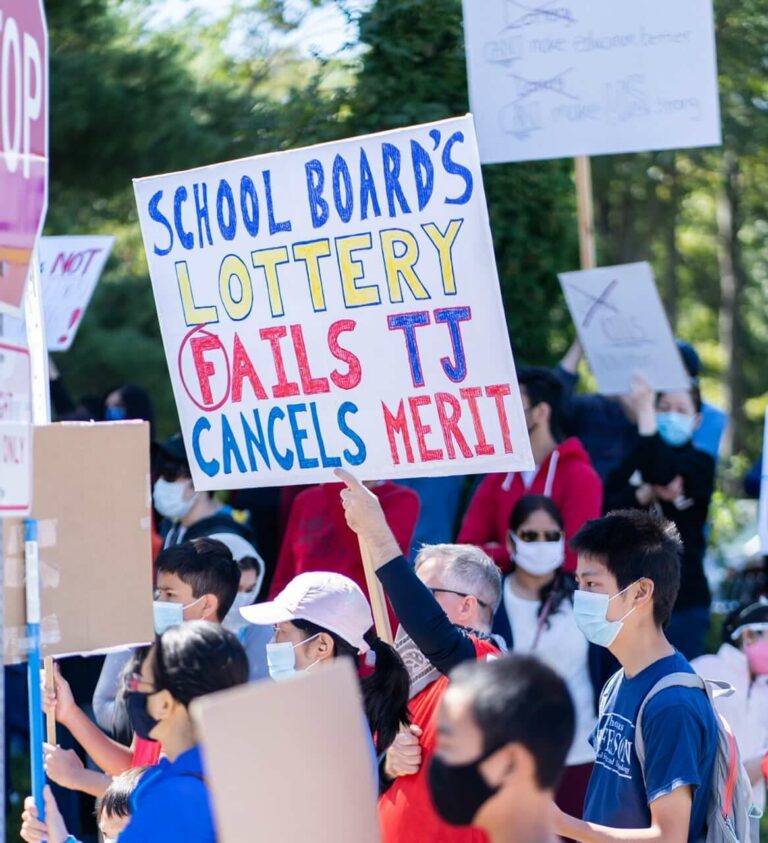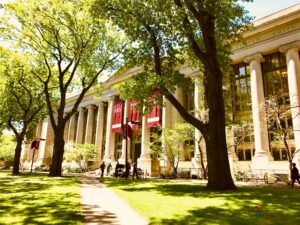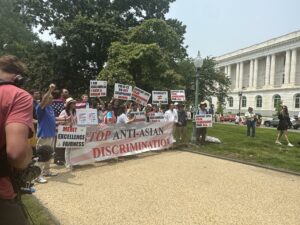The Messenger: High School Lawsuit Offers Preview of Life After Affirmative Action

The Supreme Court has ended affirmative action as we knew it with its decision in the Students for Fair Admissions cases against Harvard and the University of North Carolina. From now on, college admissions officers can no longer use an applicant’s race to decide who gets in and who stays out.
So, what now? A lawsuit involving an elite Virginia public high school offers a glimpse into a world after race-conscious admissions. Spoiler alert: Race still matters.
Thomas Jefferson High School for Science and Technology, or TJ for short, is the nation’s top-ranked public high school and a haven for Northern Virginia teenagers gifted in science, technology, engineering and math. Until 2020, Asian American students made up over 70 percent of the student body — not by design but because they scored highly on the school’s entrance exam.
But in the aftermath of George Floyd’s murder in Minneapolis, with the subsequent protests involving race in America, school officials set out to make TJ more racially balanced. A new admissions policy has kept many Asian American kids out to make room for more Black and Hispanic students. In one year, Asian American students went from 73 percent to 54 percent of the incoming class and every other racial group increased its share of seats.
TJ’s administrators allegedly targeted one racial group — Asian Americans — and did it without ever mentioning race in the admissions policy. That’s because public K-12 schools are forbidden from considering race when deciding who to admit. But as admissions at TJ show, that hasn’t stopped school administrators from allegedly finding other ways to manipulate admissions based on race.
College admissions officers grappling with life post-affirmative action are taking note. So should the rest of us, because racial discrimination — even by proxy — still violates students’ constitutional right to equal protection.
Proxy discrimination is a tool that can enable a school’s administrators to use an allegedly race-neutral admissions policy to nonetheless admit students based on race. Racial proxies, such as zip codes or middle schools attended, are non-racial factors that can still strongly predict a student’s race. Gifted Asian American students in the Fairfax County, Va., school district, for example, were clustered in a few Advanced Placement middle schools, so by capping the number of students from each middle school who could attend TJ, officials allegedly shut out many Asian American applicants.
When a determined group of parents, represented free of charge by Pacific Legal Foundation, where I work as an attorney, challenged TJ’s admissions policy in court, the school district defended its admissions methodology, essentially claiming that despite the massive drop in the acceptance rate for Asian American kids, there was no racial discrimination since Asian Americans as a group didn’t fare worse than any other racial group.
In other words, the dozens of individual Asian American kids who lost out on TJ because of their ethnicity don’t matter; in this line of thinking, they’re interchangeable members of a racial group with no right to compete on equal footing with everyone else. Worse, a federal appellate court just blessed this kind of racial discrimination by proxy, giving the go-ahead to other K-12 school districts and thousands of colleges and universities looking to replace their race-based admissions policies.
Fortunately, the fight hasn’t ended. The group of determined parents, the Coalition for TJ, will ask the Supreme Court to take up their case this fall. With race-based affirmative action at an end, the battle against proxy discrimination is more important than ever in shaping a future where the individual student — not the color of one’s skin — is what counts in school admissions. That is a life after Students for Fair Admissions worth fighting for.
This op-ed was originally published at The Messenger on July 7, 2023.









